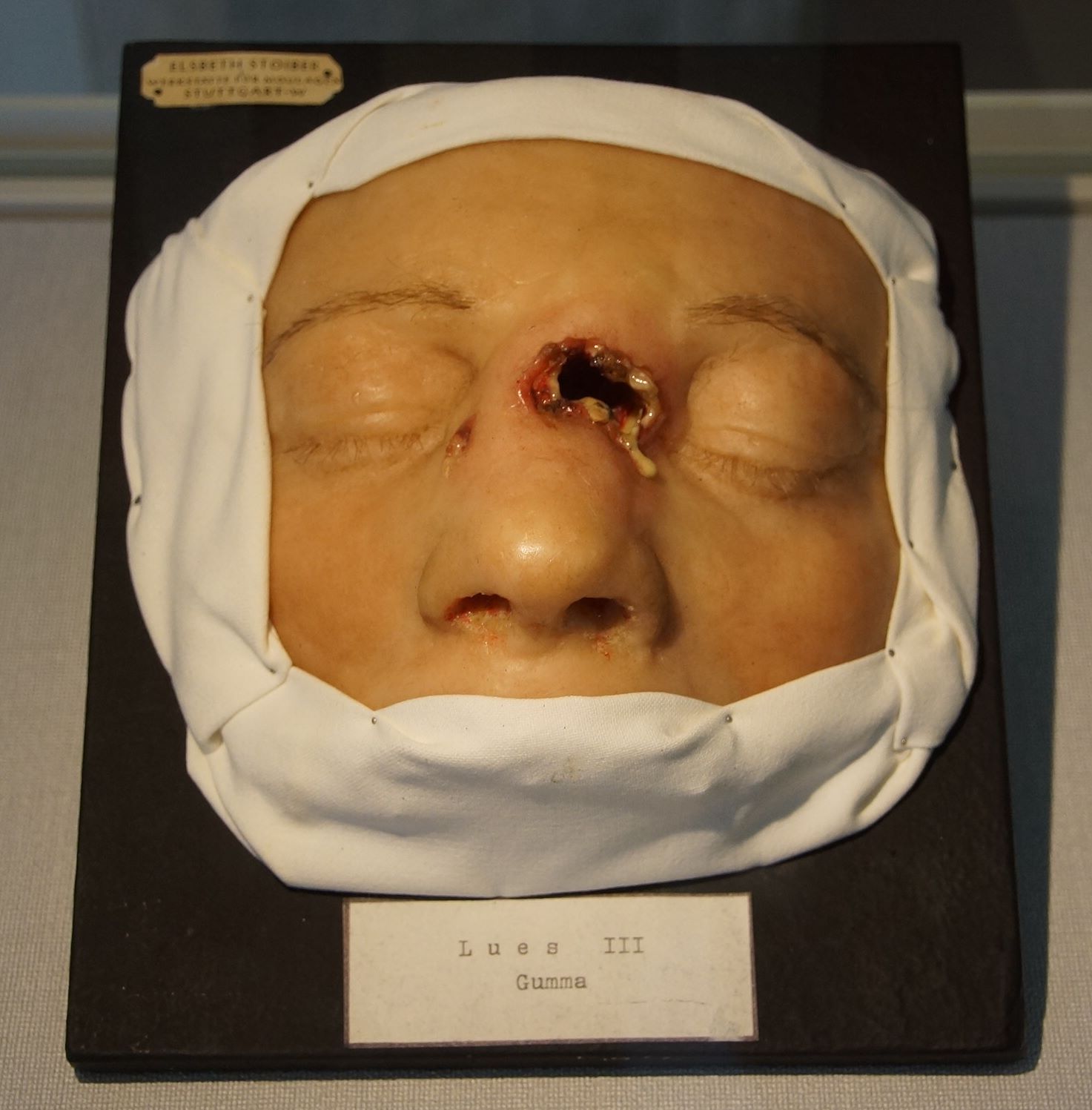Tabes Dorsalis physical examination
|
Tabes Dorsalis Microchapters |
|
Diagnosis |
|---|
|
Treatment |
|
Case Studies |
|
Tabes Dorsalis physical examination On the Web |
|
American Roentgen Ray Society Images of Tabes Dorsalis physical examination |
|
Risk calculators and risk factors for Tabes Dorsalis physical examination |
Physical Examination
Physical examination may show:
- Damage to the spinal cord (myelopathy)
- Pupils that react abnormally to light
- Reduced or absent reflexes due to nerve damage
References
s s s s
Editor-In-Chief: C. Michael Gibson, M.S., M.D. [1];Associate Editor(s)-in-Chief: Mohamadmostafa Jahansouz M.D.[2]
Overview
Patients with [disease name] usually appear [general appearance]. Physical examination of patients with [disease name] is usually remarkable for [finding 1], [finding 2], and [finding 3].
OR
Common physical examination findings of [disease name] include [finding 1], [finding 2], and [finding 3].
OR
The presence of [finding(s)] on physical examination is diagnostic of [disease name].
OR
The presence of [finding(s)] on physical examination is highly suggestive of [disease name].
Physical Examination
- Physical examination of patients with [disease name] is usually normal.
OR
- Physical examination of patients with [disease name] is usually remarkable for:[finding 1], [finding 2], and [finding 3].
- The presence of [finding(s)] on physical examination is diagnostic of [disease name].
- The presence of [finding(s)] on physical examination is highly suggestive of [disease name].
Appearance of the Patient
- Patients with [disease name] usually appear [general appearance].
Vital Signs
- Usually vital ital signs are normal in tabes dorsal.
Skin
- In patients with tabes dorsalis some granulomatous skin lesions which are one of the late manifestations of tertiary syphilis called gumma may be present. Gummas, are granulomatous reactions to long-term smoldering infection with Treponema pallidum and its residual antigens.
- Jaundice may be seen.

Source:By NearEMPTiness (Wie Schönes Wissen schafft im MUT) [CC BY-SA 3.0 (https://creativecommons.org/licenses/by-sa/3.0)], via Wikimedia Commons, rID: 51340
HEENT
- HEENT examination of patients with [disease name] is usually normal.
OR
- Abnormalities of the head/hair may include ___
- Icteric sclera
- Nystagmus may be seen
- Extra-ocular movements may be abnormal
- Argyll Robertson pupils may be present
- Hearing acuity may be reduced
Neck
- Jugular venous distension may be seen
- Nontender, mobile, small, cervical lymphadenopathy may be present
Lungs
- In patients with tabes dorsalis some granulomatous lung lesions which are one of the late manifestations of tertiary syphilis called gumma may be present. Gummas, are granulomatous reactions to long-term smoldering infection with Treponema pallidum and its residual antigens.
- Asymmetric chest expansion may be seen
- Bilaterally coarse crackles upon auscultation of the lung may be present
Neuromuscular
- Patient is usually oriented to persons, place, and time
- Altered mental status may be present
- Clonus may be present
- Hhyporeflexia or areflexia may be seen
- Impaired balance bilateral Babinski's Reflex may be present
- Bilateral muscle weakness mostly in lower limbs may be seen
- Argyll Robertson pupils may be present
- Bilateral sensory loss in the extremity mostly in lower limbs may be seen
- Sensory ataxic gait is usually seen in patients with tabes dorsalis
- Unilateral/bilateral tremor (describe tremor, e.g. at rest, pill-rolling)
- Normal finger-to-nose test / Dysmetria
- Absent/present dysdiadochokinesia (palm tapping test)
Extremities
- Extremities examination of patients with [disease name] is usually normal.
OR
- Clubbing
- Cyanosis
- Pitting/non-pitting edema of the upper/lower extremities
- Muscle atrophy
- Fasciculations in the upper/lower extremity